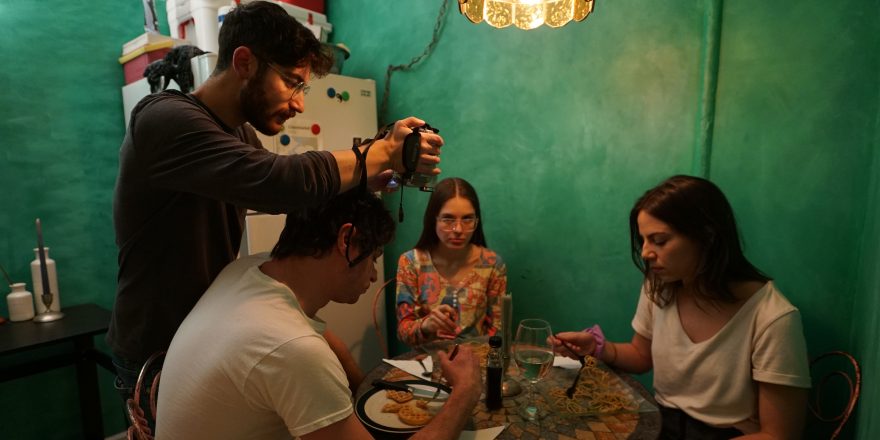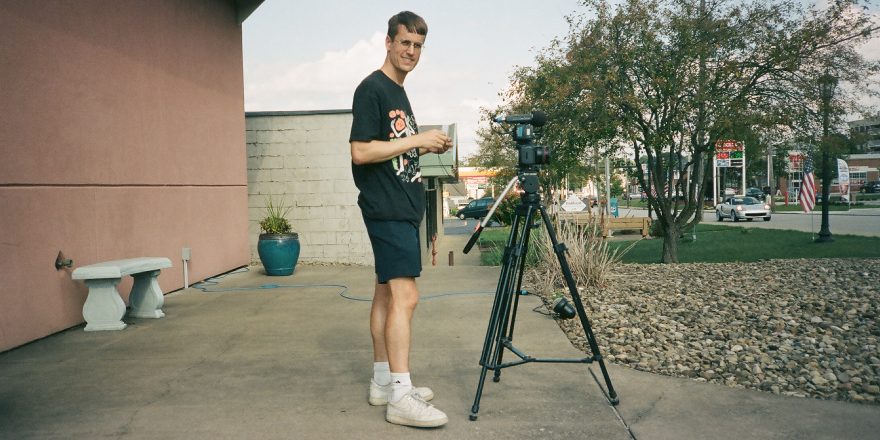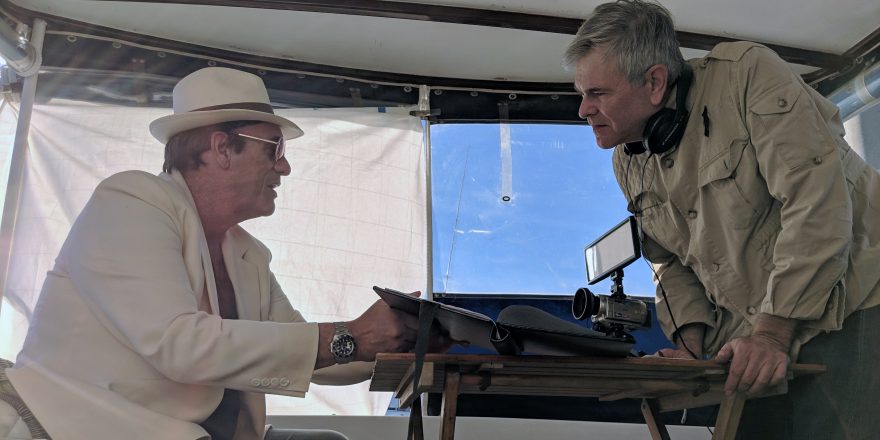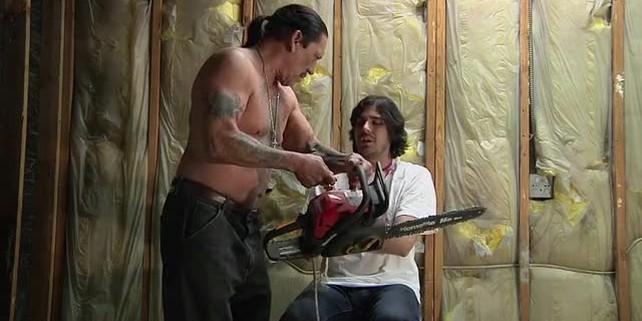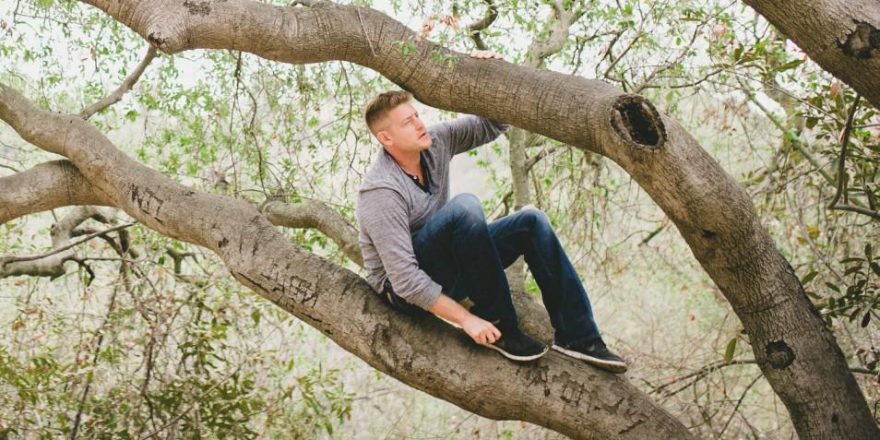Every so often, I’ll log onto Letterboxd and scroll through the reviews for my feature film, Yelling Fire in an Empty Theater. Many of the reviews are surprisingly positive. But among the not-so-positive ones sprinkled in there, there’s one word that seems to come up more than any other: “amateur.”
Amateur. What a beautiful word. It just rolls off the tongue. Amateur. It’s a word I’ve mulled over a lot these past few years. And it gives me a smile whenever I see that funny little word used to describe my movie – because I completely agree. Yelling Fire is an extremely amateur movie made by a very amateur guy. And that’s not meant to be a self-deprecating statement.
Shot on an old MiniDV camcorder, we made Yelling Fire over the course of 10 days with a budget of $2,500, mostly in my apartment. It is quintessentially amateur.
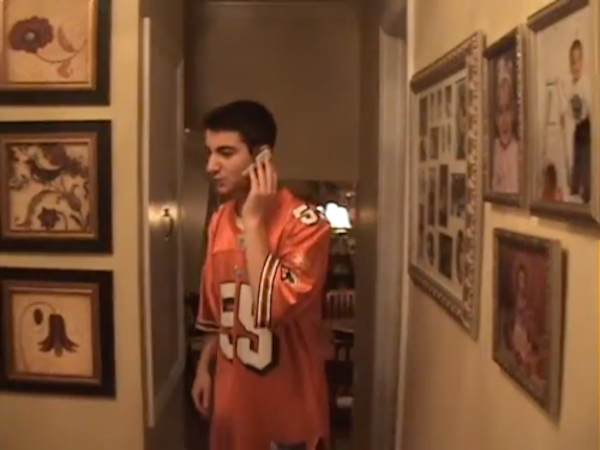
But what exactly is “amateur”? The etymology traces itself all the way back to the Latin amare, meaning “love.” Originally a French word, “amateur” means lover of. It stands in stark contrast to professional. Unlike someone who gets paid for their work, an amateur works simply for the love of whatever it is they’re doing.
Somewhere in time, amateur started to take on a dirty connotation. It came to refer to a person who doesn’t do something well, isn’t serious, is bad.
I’m here to reclaim the word. Amateur is what I strive for.
However, that wasn’t always the case. For most of my life, I wanted to be a professional filmmaker. To get paid for what I love doing. That was the dream. But the more I thought about it, the more absurd it seemed to me. The idea of depending on my own films for my financial security started to fill me with dread. What if people didn’t want to pay me for the films I made? What would I do then?
After graduating from film school, I went straight to Hollywood with big dreams. But the disillusion set in quickly. I mostly worked on miserable productions run by miserable people. Other people had more positive experiences, but I always seemed to draw the short straw.
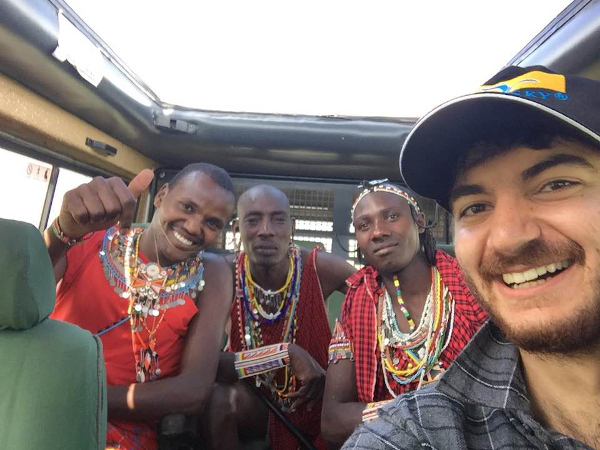
My first year, I scored a gig as an assistant to a once up-and-coming big-shot director. Dealing with a lot of stress and not a lot of funds, he chose to film in some of the poorest places we could exploit (a strategy I would not recommend). On our first day of shooting in Nairobi, Kenya, we filmed at a housing project called the California Estates. “It’s a known terrorist training ground,” I was giddily told a few days before.
Before my boss could call “Cut!” on the first take, he was already red in the face, screaming wildly at various cast and crew members. He then turned his attention to me, who happened to be munching on a croissant. I quickly learned it was an inappropriate time to be munching. He stretched his arms out and chased me around the rooftop we were on, screaming how he was going to throw me off if he caught me. I managed to evade his grasp, but I told myself I would never work on a set that made me feel miserable again. Sadly, that was a lie I repeatedly told myself many times over the next few years.
Needless to say, I’m no longer interested in being a professional filmmaker. I’m not trying to make any money from my movies or turn this into a career. This isn’t my job, it’s my hobby. Some people watch birds or bake sourdough bread, I make feature films.
With this new philosophy in mind, I set out to make a movie just for the fun of it. I would do it with no money, no gear, no kind of plan or goal for distribution. Just me, some friends and a camcorder or two.
I wanted filmmaking to feel like it did when I was in middle school, making dumb little YouTube videos I knew nobody would ever see.
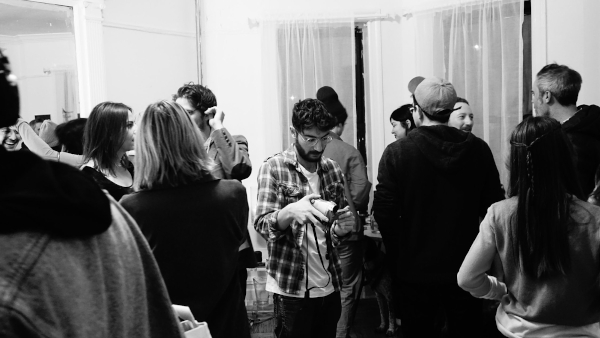
Knowing I’d be making a movie with so little, I decided to keep the scale small and borrow as much as I could from my own life. The story would follow a young woman who moves to Brooklyn and finds herself living with an eccentric (and increasingly dysfunctional) couple, mirroring my own living situation at the time. Aimless and starry-eyed, our protagonist struggles to connect with a city that already carries so much cultural baggage. I decided to shoot this little experiment on MiniDV, the same format I used 15 years earlier when I was goofing off with my classmates. MiniDV camcorders are extremely lightweight, cheap and already come with such a unique style. I’ve always loved the look of digital video and didn’t bother doing any color correction in postproduction (not hard to believe after you’ve seen the film).
I then pitched my amateur movie to my friend Ryan, who came on as producer and actor; and to my very talented roommate Natalie (not part of the eccentric couple I was living with), who came on as the production designer. After assembling this main crew, I started reaching out to the cast. I’d hold my breath and tense up whenever I emailed an actor, nervous and embarrassed to ask someone to work for no money on a MiniDV movie that no one would probably ever see. I was shocked when practically everyone responded more or less with, “This sounds cool. I’m in!”
We had no lights, no lenses, no real gear of any kind on set. We knew the film was going to look like shit. But we didn’t care. That was the point.
As one astute internet reviewer would later point out: “I’m confident that there wasn’t a single professional film light or mic or camera used for a single frame of the movie.”
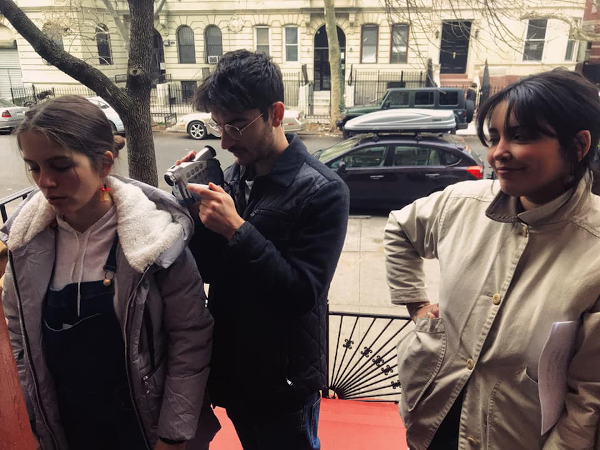
He couldn’t have been more right. We’re amateurs after all. The leanness of the production was our biggest advantage. We could film in places like my local grocery store or JFK Airport and not worry about being bothered by anyone. The days were relatively short and the schedule was fairly flexible. I remember during the big party sequence, for which we threw an actual party, I went off to film a scene with my lead actress, Isadora. While filming her, I handed a second camera (remember, camcorders are cheap!) to my friend Alex, who went off and filmed random interactions. It was only during the editing process that I had the chance to see what Alex filmed and I ended up incorporating a lot of that footage into the movie. By surrounding myself with people whom I trusted and were game, I could cultivate the collaborative experiment I was aiming for.
With all that said, the making of the film certainly wasn’t a cakewalk. It was hard work. But it was fun and rewarding.
Many days I was full of nerves and doubt, worried I was wasting everyone’s time on a stupid vanity project. I’d never shot a film before that was so intimate or immediate. I’d say “Cut” and everyone would just stop and look at me. On a normal set, you end a take and then someone checks a lens, moves a light, reapplies makeup. The director has time to assess. On this set, however, everyone was ready to go again right away. The awkwardness I felt got to such a point that I’d have to pretend to talk to my producer after a take, just so I could gather my thoughts for what to do next.
More than once, I thought about calling the whole thing off. It was a new kind of filmmaking for me, and I wasn’t always prepared for it.
But I knew I had to trust my instincts and see the thing through. And I’m so glad we did.
The finished product was never really meant to be seen by anyone. We were always just going to put it up online, share it on social media and call it a day.
After being rejected by more than 30 film festivals (including a MiniDV festival!) I assumed this simply wasn’t the kind of thing people were into. And I was fine with that. The point of making the film was to make the film. We had accomplished our goal! The story could end there and I’d be more than satisfied with the project.

We were all set to go up online when I received a call one day that I’d been accepted into the Slamdance Film Festival, which I’d submitted to more as a lark than anything else. My producer even told me I was wasting my money sending them my film. It actually took me a few days to realize I wasn’t being pranked!
After that festival, the film took on a second life. Ryan booked us screenings in Brooklyn, Tampa, Chicago, Los Angeles, Eastern Oregon and other places. The film was even acquired by Fandor (where it’s now streaming), thanks to the very supportive Aaron Hillis.
These are incredible gifts that the movie has been handed and I’m extremely grateful. But I also realize that they change little. I love making films. And I’ll continue to make these MiniDV movies for as long as they bring me joy, perhaps for the rest of my life. And my advice to anyone who cares to listen – be they a filmmaker, musician, birdwatcher or otherwise – is to try the same. Do what brings you joy and do it on your own terms. And if someone calls what you do amateur, smile and thank them for the compliment.
Featured image shows Justin Zuckerman filming a plate of waffles with actors Isadora Leiva, Kelly Cooper, and Michael Patrick Nicholson; all images courtesy Justin Zuckerman.



